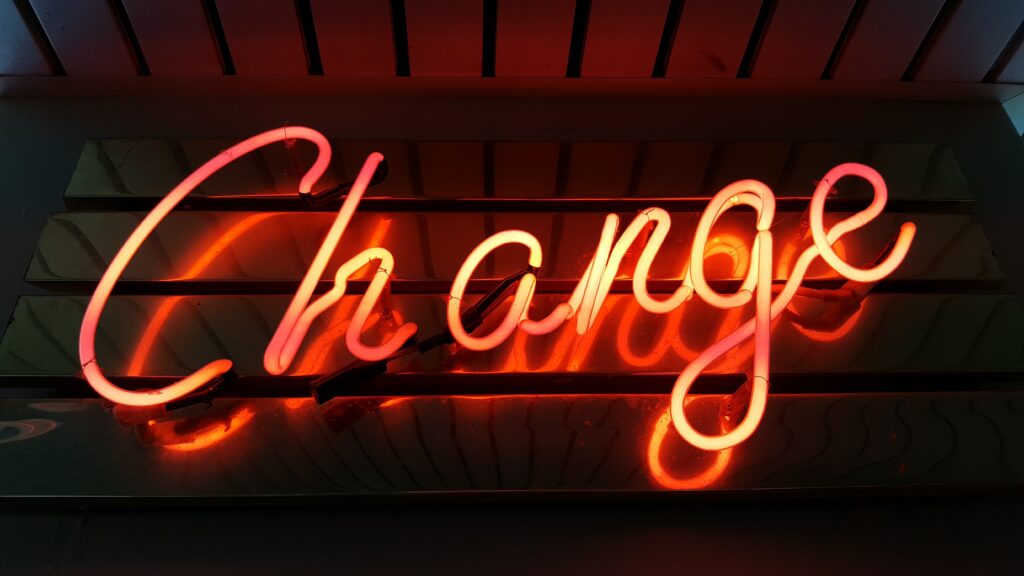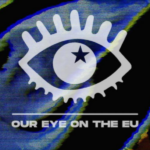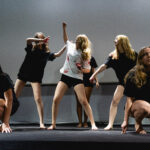
By Amerissa Giannouli
| Photo by Marija Zaric on Unsplash |
Future Narratives began as a journey of self-awareness and confidence building. With time, it showed that the power inside of us can emerge and be mobilised through the experiences of others. In fact, this is how a community can be empowered and thus how change can happen. A change based on the transformative potentials of stories and narratives. A change towards a preferable future. Our common Future Narratives journey involved our personal, shared and collective experiences, deeply and forever linked with our ups and downs, our fears and dreams.
Here is a small taste of what happened within the two years of the project!
If you are interested in learning more about the practice and activities of the project, take a look at the project’s final result “Informal Innovation Pathways”, an inspirational report and manual for youth workers and other interested practitioners in the field of youth.

The very first international activity with the Future Narratives participants brought young people from diverse backgrounds together to learn more about each other and to discover how storytelling can be useful to change ourselves and others around us. We spoke about confidence among young people and how others’ negative perceptions should not define and shape our lives. We need to persuade ourselves that we are the stories we tell ourselves and not the stories other people tell about us.
Everything around us plays an important role in how we feel and how we choose to live. We need to look for positive things and people in life, connect with them and cherish them. Family and community bonding, such as being part of a local informal sports team, can help us progress and succeed in ways beyond what mainstream societies understand and look for.
In Future Narrative’s second international activity, the aim was to empower young people through storytelling and future literacy on a community level. Participants developed key competencies on how to frame and share their personal stories better. They used their bodies, their voices and their hearts. Walking and feeling the city was an essential step to build collective experiences, get inspired and create stories together. They took photos and videos from different parts of the city with cultural, political, social and environmental value to put them together and create digital stories. At the end of the international activity, participants were asked to think about the future and imagine themselves as members of a community.
The third international experience aimed at empowering the participants to reflect on their ideas of the future. Participants were invited to reflect upon notions of power, consider the role of myths and identify grand narratives that shape our future. It involved the implementation of an actual Futures Lab! The week was accompanied by a collection of video statements from the participants about the importance of thinking about the future and the creation of a storyboard on the wall of the training space that showed how their lives were connected and transformed during this brief period of time.
Two years of the Future Narratives project finished with a very last international experience and an installation at the Municipal Library in Sollentuna, Sweden! The week consisted of workshops and interventions on how to build alternative ideas for the future involving creative experimentation in video making, painting, photography, theatre and creative writing. Participants were invited to build a collective exhibition of artworks inspired by their preferable futures.

A closing note
One of the most important things somebody could learn from the Future Narratives project is who they are. This is something that cannot be defined through a linear process, a series of moments where everything else or anyone else is external to us. We are not single stories. If there is one thing that we need to be sure about, it is that we, ourselves and everything around us, coevolve. Our stories are entwined. We are defined in the context of other species and in a volatile environment that creates uncertainty.
Uncertainty can be really scary and we tend to hold on to ideas that make us feel safe and within our comfort zones. Ideas that give us the impression that we could minimise or control this uncertainty. Future literacy implies a welcoming attitude towards the unknown. It helps us accept this uncertainty by revealing to us, at the same time, the assumptions that we take for granted. And it is only when we question these assumptions and hidden narratives about the past and even about the future that we can help ourselves uncover new desirable futures. If we want to build these new futures, we need to define values and set practices in motion that question these assumptions and narratives.
We need to be aware and conscious of who we are, what we can be, and what we can do, as individuals but also as part of a collective experience and process. In this sense, critical reflection and action are both essential. Change happens only through challenging and deconstructing old narratives and constructing, as well as experimenting with, new narratives and stories. Visualising these stories, writing them down, playing them out can be powerful!
We cannot rely on repeating the same habits to overcome consequences we do not like. We need to do things differently based on what kind of selves, relationships and worlds we wish to have. This is not solely an individual task and it does not come with a blueprint of a set of theories and actions.
Future Narratives proposes such a methodology for deconstructing oppressive narratives and constructing new inclusive and collective ones. Narratives that could support us in moving to more desirable futures and, most importantly, could motivate us to act for change – today!

Photo by Ross Findon on Unsplash




